Warship Wednesday November 20, 2013 The Last Dreadnought
Here at LSOZI, we are going to take out every Wednesday for a look at the old steam/diesel navies of the 1859-1946 time period and will profile a different ship each week. – Christopher Eger
Warship Wednesday, November 20, 2013, The Last Dreadnought
Here we see the 10th HMS Vanguard that sailed in the Royal Navy. Coming from a long maritime tradition, she was the third battleship to carry that name. As a twist of fate would have it, she was also the last of Her Majesty’s battleships and the above image is how she spent most of her life.
Ordered under the Emergency War Program of 1940 she was laid down on 2 October 1941 at John Brown and Company, Clydebank, Scotland with Winston Churchill taking a keen interest in her. The largest and fastest warship in the Royal Navy, the 47,000-ton HMS Hood, had been sunk by Hitler’s Bismarck on 24 May 1941 with a profound effect on the British nation. Vanguard would be larger, and better.
Displacing over 50,000-tons, she would be heavier than any German battleship ever built. Capable of over 30-knots, she could outrun all but the U.S. Navy’s new Iowa-class fast battleships. Her armor, except for the Iowas and Japan’s Yamato-class, was the heaviest installed on the world’s oceans with improved splinter protection. She did, however, have a throw back to the Hood and the battleships of the rest of the British fleet in the fact that she was designed to carry the same 1915-era BL 15 inch Mk I naval gun as her main armament. This same gun was fitted to Queen Elizabeth, Revenge, and Renown class battlewagons (as well as the Hood herself). With these HMS Vanguard could range to 33,550 yards (30,680 m) (1900-pound Mk XVIIB or Mk XXII streamlined shell at 30 degrees.
With air attack an ever-increasing concern, she was fitted with over 70 40mm Bofors cannons.
The thing is, building a 50,000-ton warship while your country is fighting for its life against U-boats, buzzbombs, the Blitz and threatened landings across the English Channel was not the most urgent of matters. In that type of warfare, destroyers were needed, not battleships. Since Hitler never was able to get more than a half-dozen large armored ships operational at any time, and the Royal Navy outnumbered these by a factor of 2:1 with their WWI-era battleships alone, Vanguard never had much emphasis put upon her.
By the time she was launched on 30 November 1944, the war in Europe was already a forgone conclusion and the German navy had sidelined their last few armored warships to provide crews for U-boats which were being sunk as soon as they were commissioned.
This left Vanguard to enter service on 12 May 1946, some eight months after the Japanese surrender. She was the last battleship completed by any navy on earth.

As such, the Royal Navy came full circle as they had commissioned the HMS Dreadnought in 1906, exactly forty years before, starting the period of all-big-gun Dreadnoughts.
Vanguard had a happy and peaceful, if boring life. She was the fleet flagship and as such was one of the best accommodations in the fleet, being both air-conditioned and heated. She was very connected to the royal family with then-Princess Elizabeth having christened her and King George VI almost having died upon her.
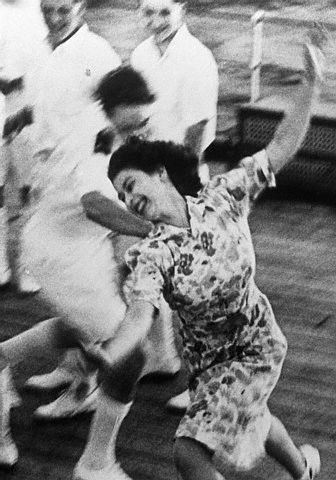
Princess Elizabeth played tag with midshipmen on board HMS Vanguard during the Royal Tour of South Africa. 1947.
However the days of battleships were waning and in 1955, after just nine years with the fleet, she was placed into reserve, though still in commission. There she served as flagship of the reserve fleet.
At the time, besides the old WWI-era Turkish battlecruiser Yavuz Sultan Selim which had struck in 1954, and the collection of US battleships in mothballs, she was the last battleship in the world in any type of military service. As such, she had almost all of the scenes involving battleships for the 1960 film “Sink the Bismarck!” filmed aboard her. Thus she had the distinction of playing both the Hood and the Bismarck in movies.She was decommissioned on 7 June 1960 and sold to the Iron and Steel Corporation of Great Britain for £560,000, scrapping in 1962.
The 11th ship with this name in the Royal Navy is the HMS Vanguard (S28) is a Vanguard-class ballistic missile submarine launched in 1992 and currently in service.
Specs:

Displacement: 44,500 long tons (45,200 t) (standard)
51,420 long tons (52,250 t) (deep load)
Length: 814 ft 4 in (248.2 m)
Beam: 108 ft (32.9 m)
Draught: 36 ft (11.0 m) (deep load)
Installed power: 130,000 shp (97,000 kW)
Propulsion: 4 shafts
4 Parsons steam turbine sets
8 Admiralty 3-drum water-tube boilers
Speed: 30 knots (56 km/h; 35 mph)
Range: 8,250-nautical-mile (15,280 km; 9,490 mi) at 15 knots (28 km/h; 17 mph)
Complement: 1,975
Sensors and
processing systems: 1 × Type 960 air-warning radar
1 × Type 293 target-indication radar
1 × Type 277 height-finding radar
2 × Type 274 15-inch fire-control radar
4 × Type 275 5.25-inch fire-control radar
11 × Type 262 40 mm fire-control radar
Armament: 4 × 2 – BL 15-inch Mk I guns
8 × 2 – QF 5.25-inch Mk I dual-purpose guns
10 × 6 – 40 mm Bofors AA guns
1 × 2 – 40 mm Bofors AA guns
11 × 1 – 40 mm Bofors AA guns
Armor: Belt: 4.5–14 in (114–356 mm)
Deck: 2.5–6 in (64–152 mm)
Barbettes: 11–13 in (279–330 mm)
Gun turrets: 7–13 in (178–330 mm)
Conning tower: 2–3 in (51–76 mm)
Bulkheads: 4–12 in (102–305 mm)
If you liked this column, please consider joining the International Naval Research Organization (INRO)
They are possibly one of the best sources of naval lore http://www.warship.org/naval.htm
The International Naval Research Organization is a non-profit corporation dedicated to the encouragement of the study of naval vessels and their histories, principally in the era of iron and steel warships (about 1860 to date). Its purpose is to provide information and a means of contact for those interested in warships.
Nearing their 50th Anniversary, Warship International, the written tome of the INRO has published hundreds of articles, most of which are unique in their sweep and subject.
I’m a member, so should you be!
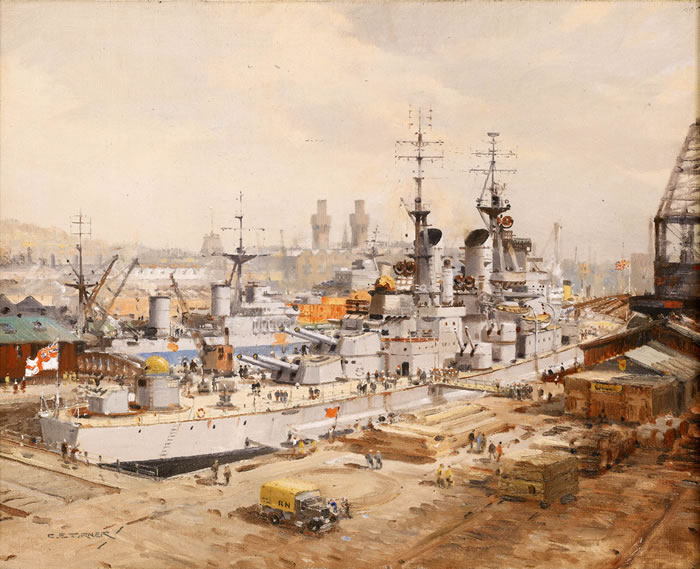
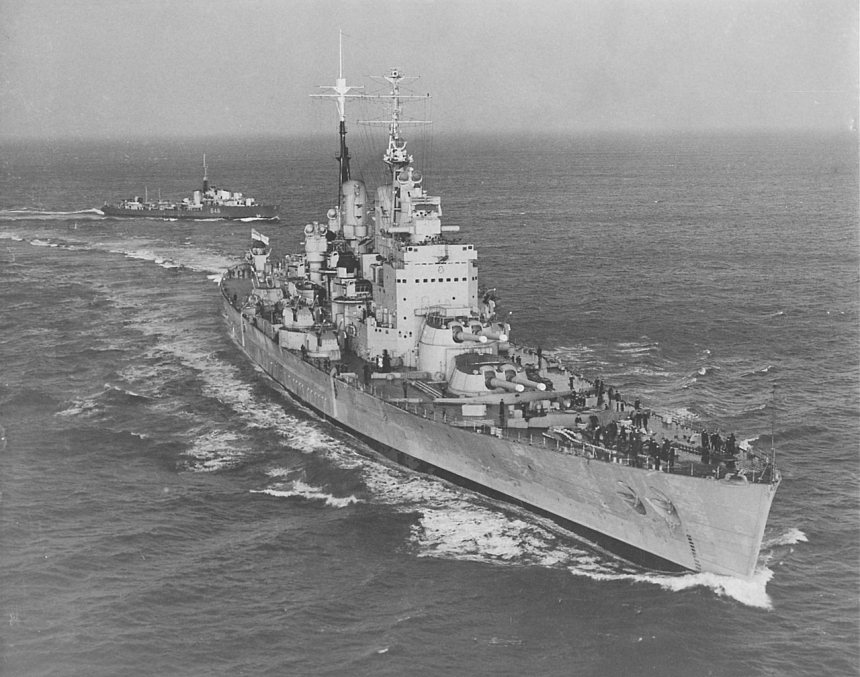
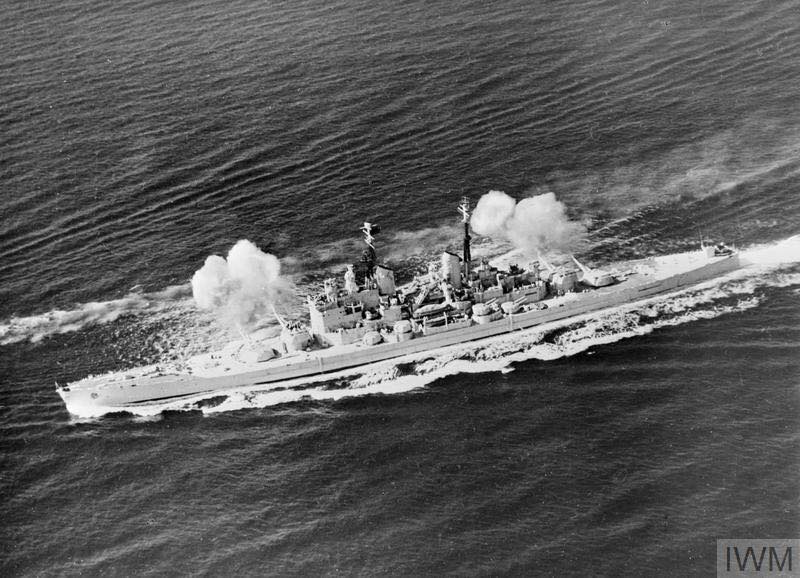
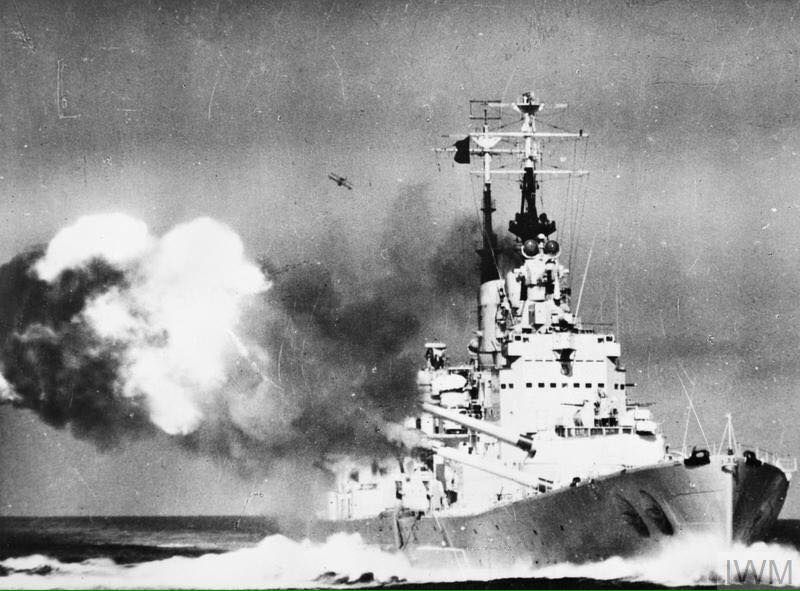
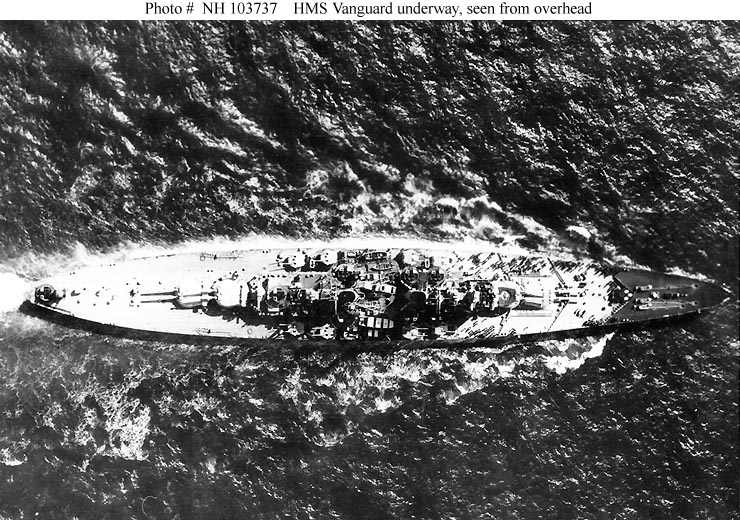
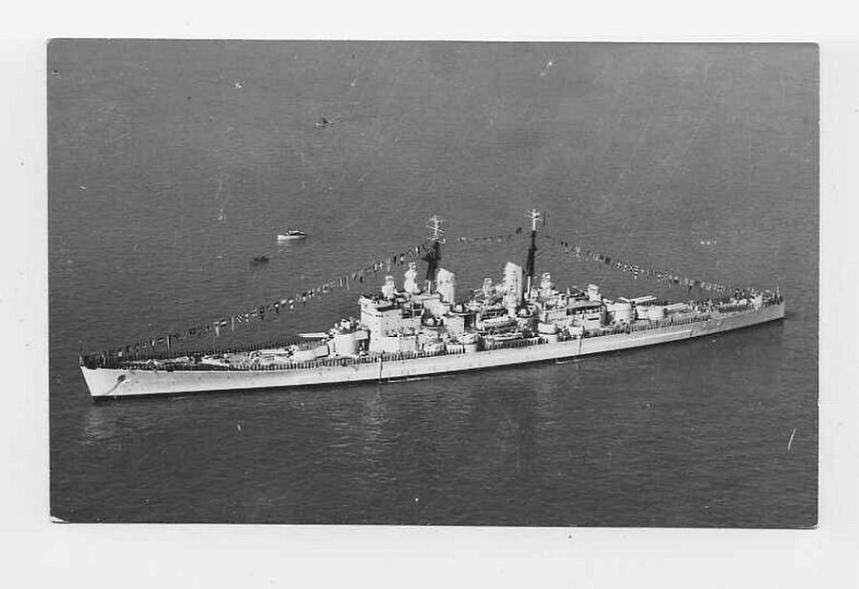
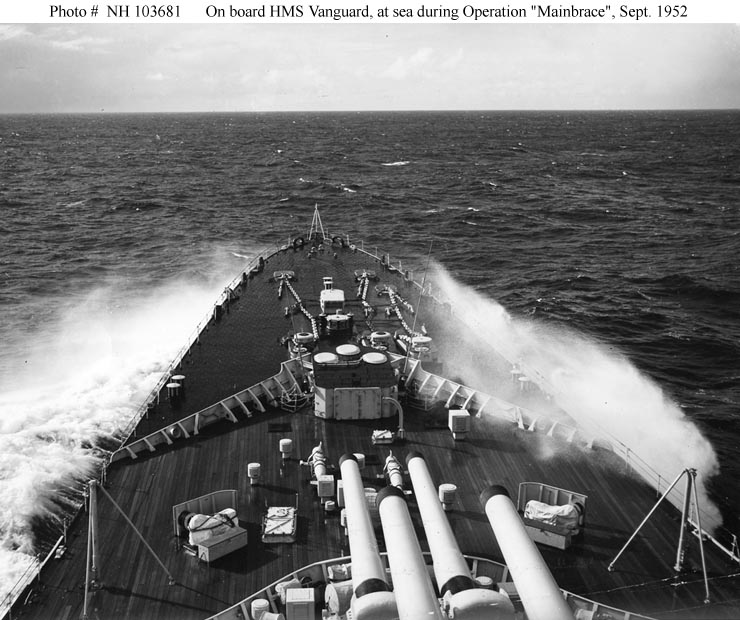
![Sailors employed in the very peacetime job of polishing HMS Vanguard's gun caps. [1600x1265]](https://laststandonzombieisland.com/wp-content/uploads/2013/11/sailors-employed-in-the-very-peacetime-job-of-polishing-hms-vanguards-gun-caps-1600x1265.jpg?w=860)
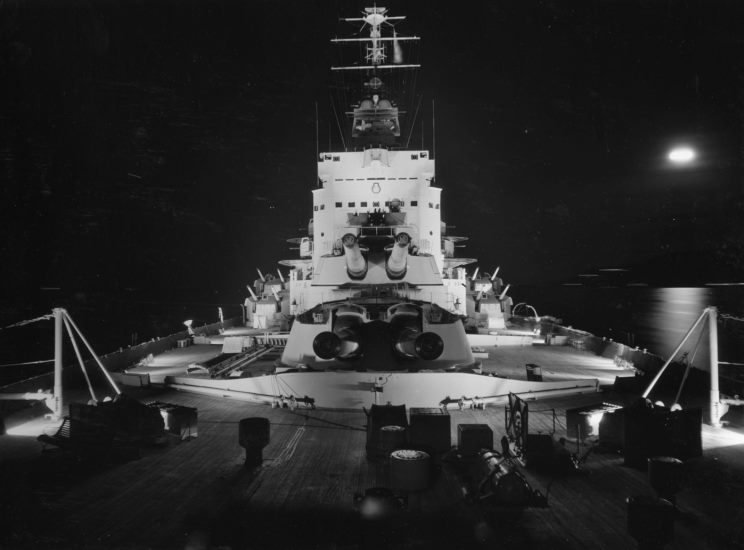

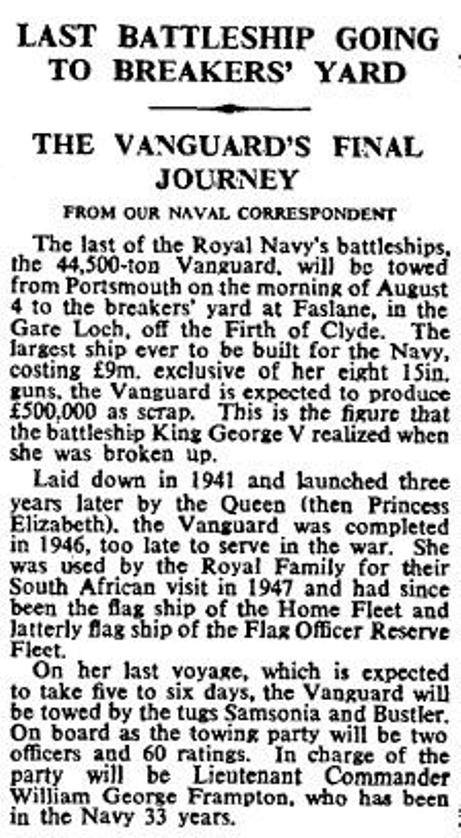
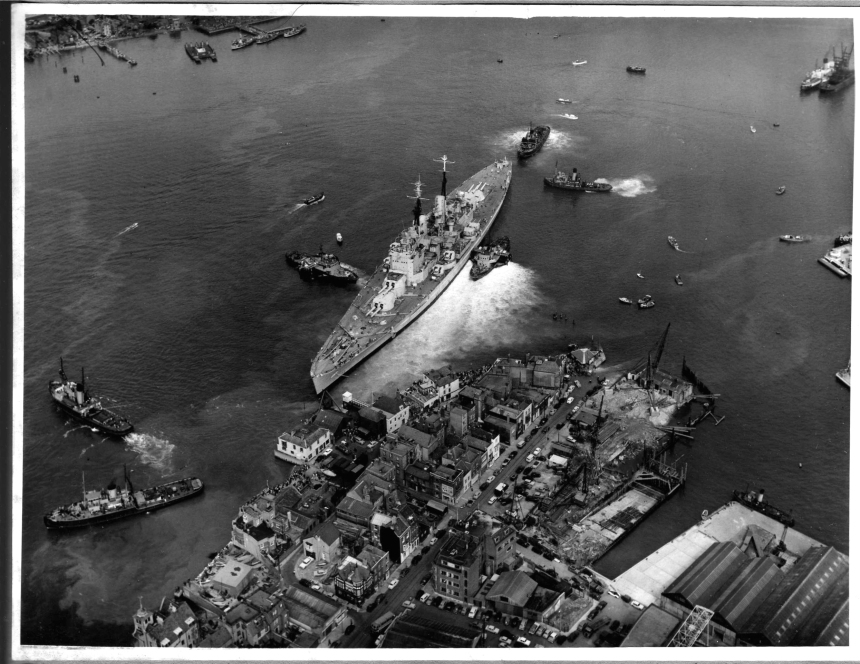
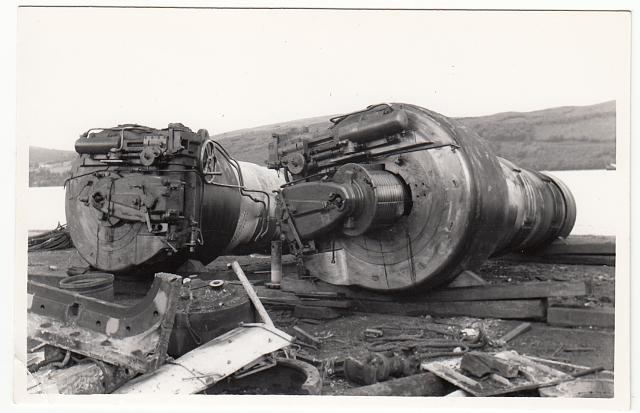
Pingback: USPS gives a salute to Mighty Mo | laststandonzombieisland
Pingback: Vandy Aglow | laststandonzombieisland
Pingback: So long, Liz | laststandonzombieisland